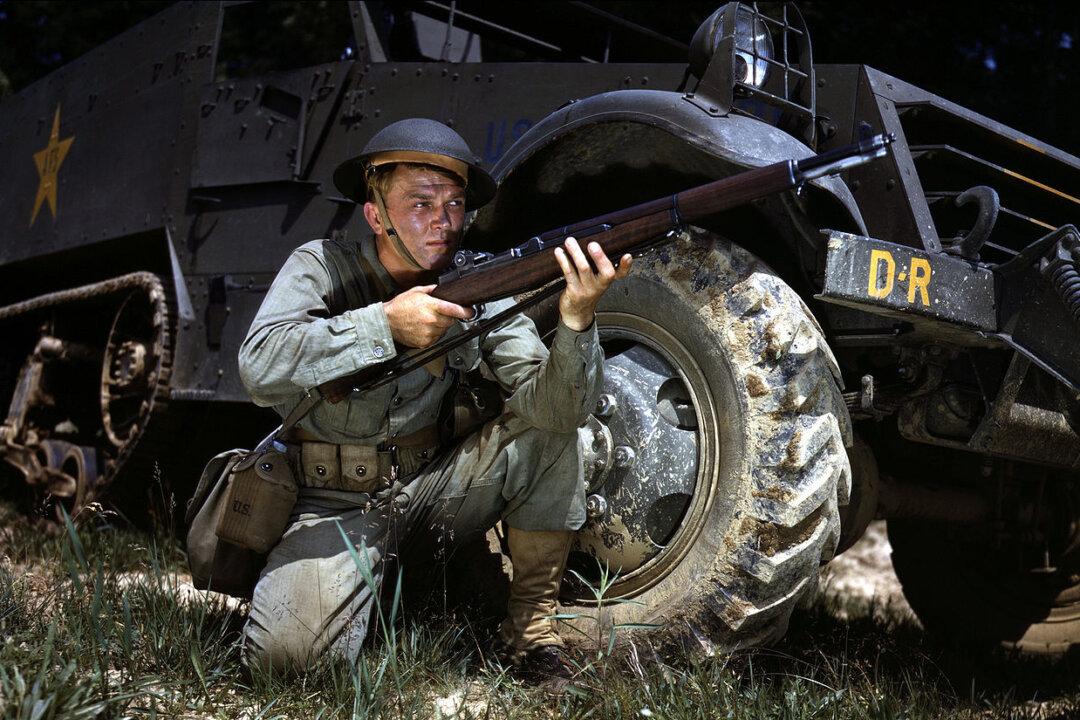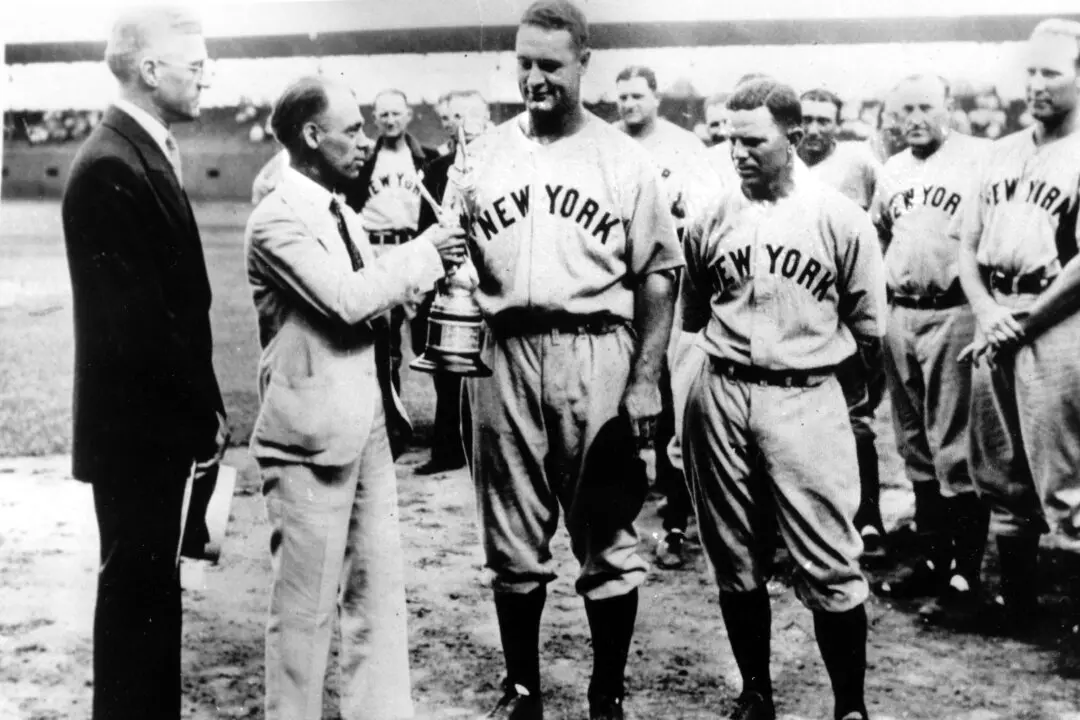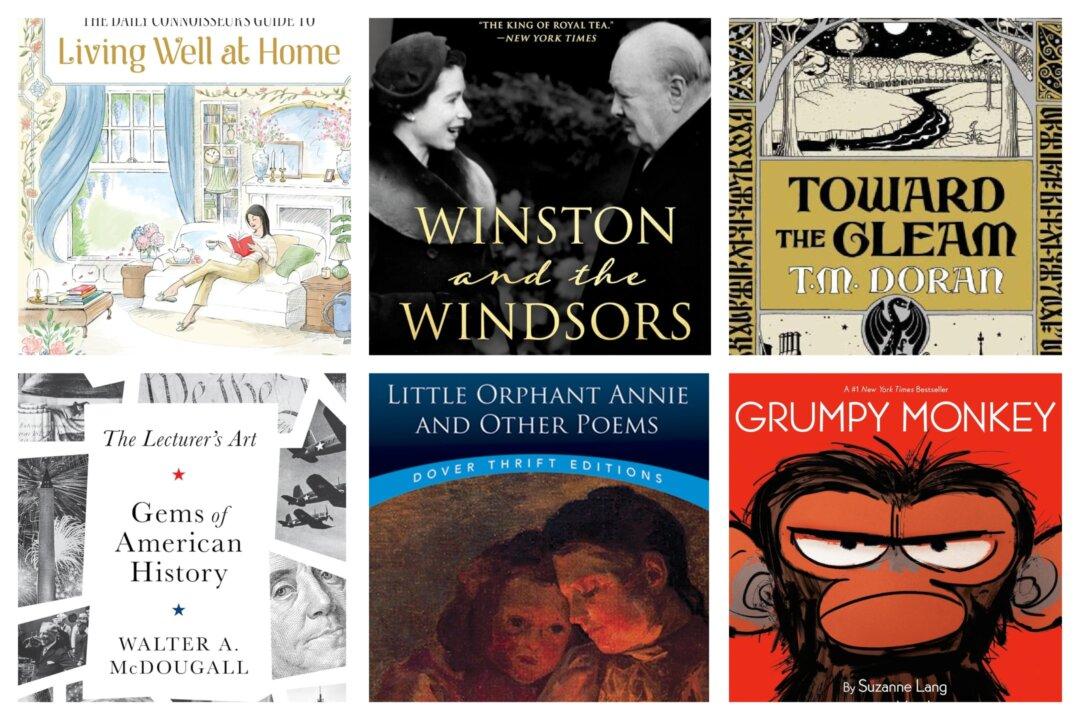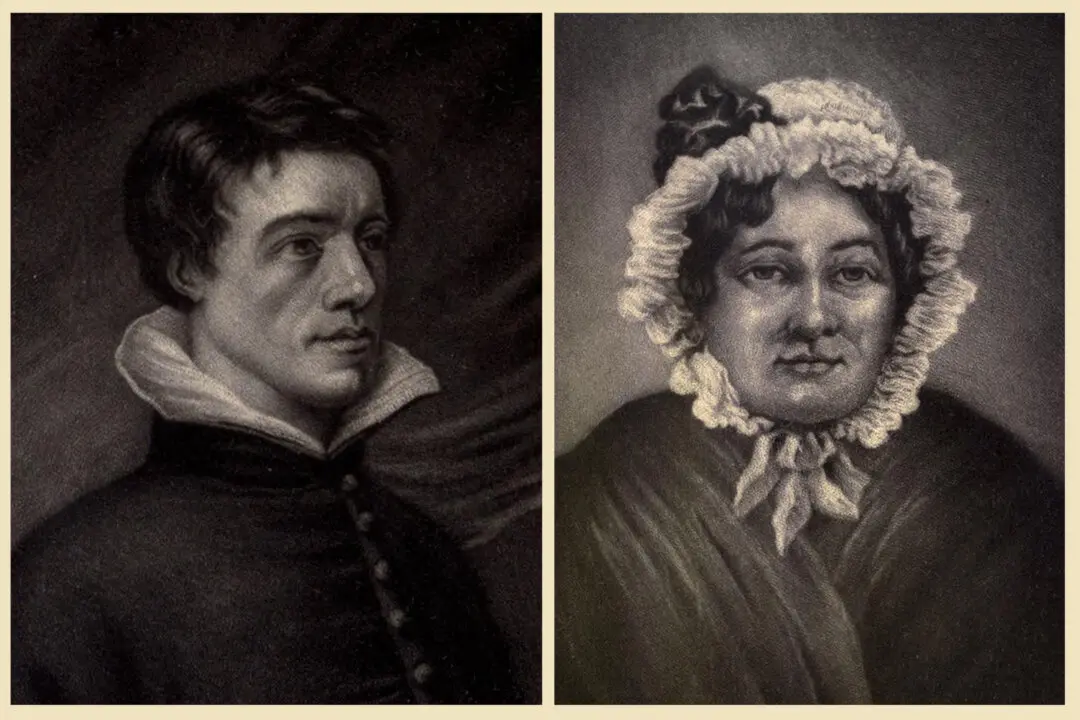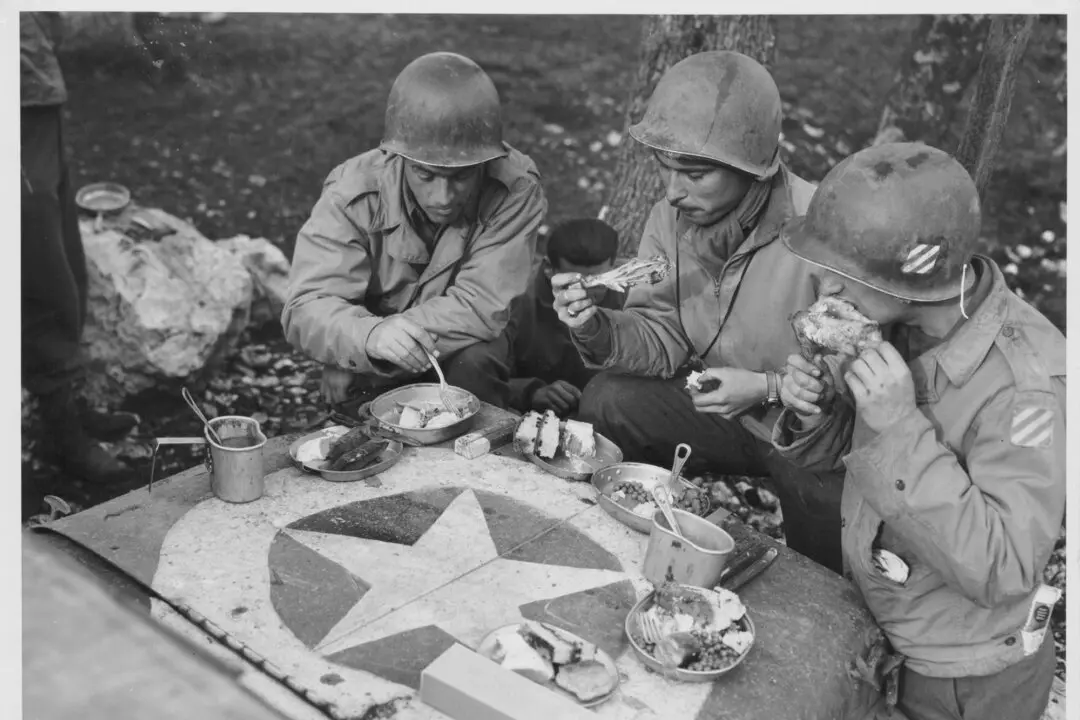Back in my school days, many of the men I knew were veterans of World War II. My dad had served as an infantry sergeant with the 88th Division in Northern Italy. Our minister was a navigator on a B-17. My dad’s good friend had served in the Navy in the Pacific. One of my Boy Scout leaders in high school had parachuted into Normandy, and a graduate school professor at Wake Forest University flew some sort of bombing mission on the heavy water plants in Norway. “Get me drunk enough someday,” this cultured gentleman told our class, “and maybe I’ll talk about it.” A college professor who became a good friend spent part of the war in prison as a conscientious objector.
There were plenty of other veterans, even in the small town of my boyhood, which is not surprising given that more than 16 million Americans, men and women, served in the armed forces during the war. More than 400,000 lost their lives, and 671,000 were wounded.

